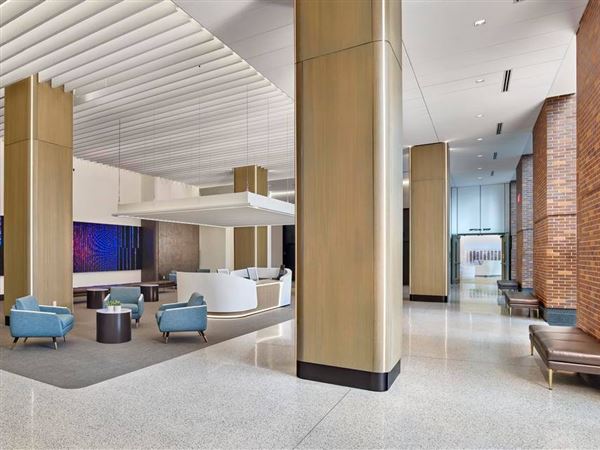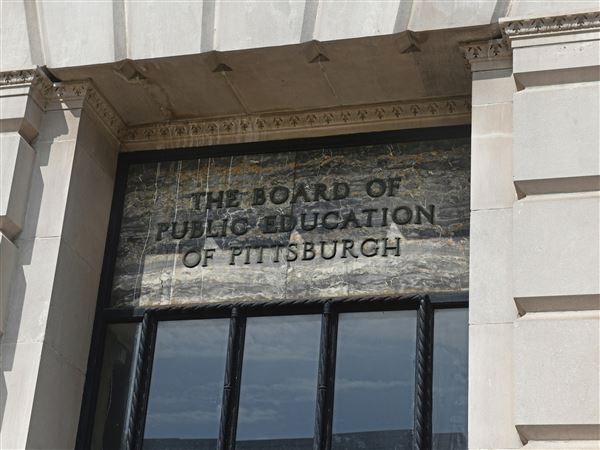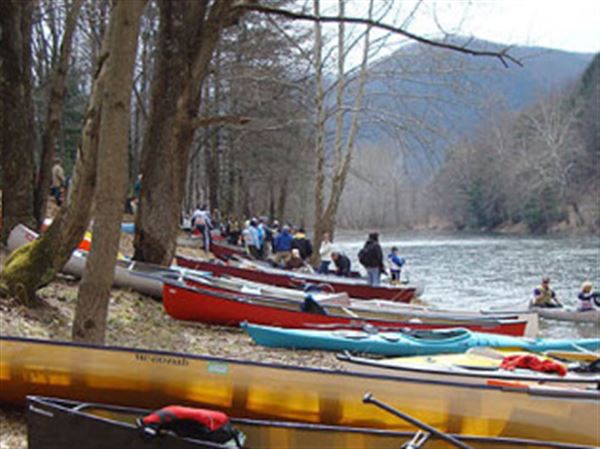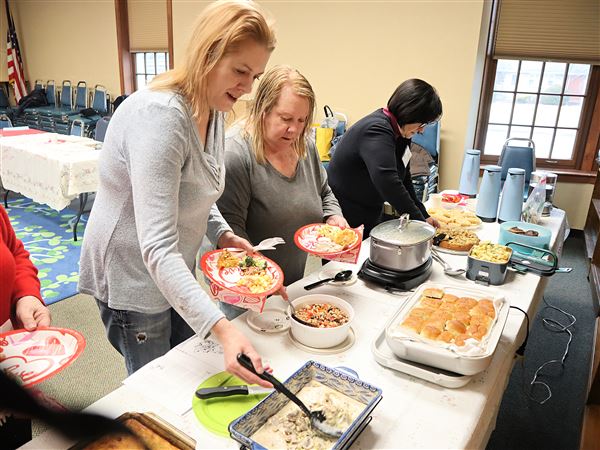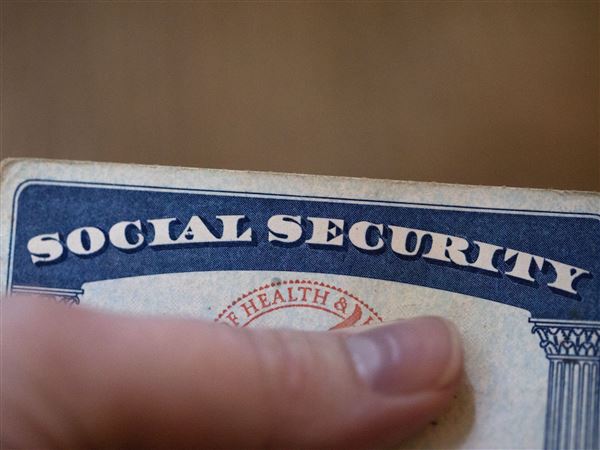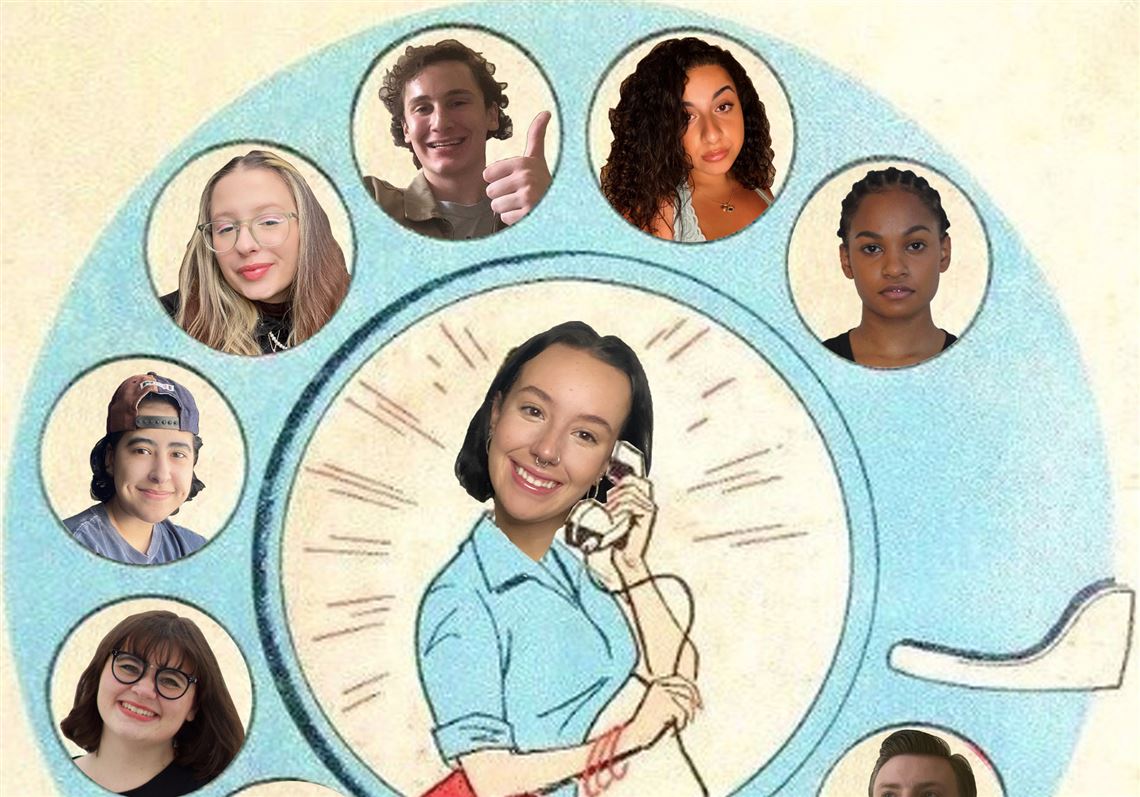Many theater companies have gone digital during the pandemic, trying Zoom, YouTube or Facebook Live to keep the performances going.
But few have explored a much older format for telling stories — mail. Pittsburgh-based RealTime Interventions has collaborated with theater companies and performers around the world to organize Post Theatrical, a festival that showcases plays with mail as a major component of the work.
“When the lockdown happened, we realized that people are missing that tactile element of connection,” said Molly Rice, co-artistic director with Rusty Thelin. “We’re on our screens all day. It’s such a relief some days to get in touch with the senses. And the mail does that. It connects, but it has this very material element to it.”
They were inspired by Liveness Lab, a group brought together by New York theater developer The Orchard Project. The goal was to brainstorm and collaborate with dozens of artists curious about how to pursue the immediacy of theater in a new, pandemic-safe way. Post Theatrical grew out of that collaboration and features 13 projects involving Pittsburgh and other places across the globe.
How do plays-by-mail work? Each one is different.
“A Tunnel Year” by Karinne Keithley Syers takes the form of a book with an audio link to a radio play.Tickets, $20-$40, went on sale Tuesday and will continue until 100 books are sold at www.posttheatrical.org.
“The Mailbox” from Tiny Box Theater and collaborator Ya Chin Chang asks participants to choose a path in a story and submit responses that will affect the conclusion of the show, revealed online beginning March 1.
In “Party Line” by Scott Adkins, audiences receive a phone call at 8 p.m. for eight days that allows them to eavesdrop on character conversations. Listeners will be able to send a note or questions for characters by mail and receive a response. Tickets will be sold through March 7 and calls begin March 8.
Melissa Tien’s “The Community Forest” sends participants a live tree sapling to cultivate and asks audience members to provide quarterly reports about the health of the tree and their lives.
RealTime Interventions put together a play, “The Birth of Paper,” which includes kits designed by local maker collective Handmade Arcade and assembled by City of Asylum on the North Side. The kits will to be mailed to audience members in Beirut, Lebanon, to be opened during an online performance in June. Tickets, $30-60, go on sale Wednesday.
“People are game to try it, particularly the group of artists that are a part of this,” Rice said. “They have their own followings from very different worlds, in some cases, very different geographies.”
Many of the projects have some element of performance. Thelin said there may be another tier of tickets for people who miss the mail deadlines but still want to watch online performances.
Irina Kruzhilina’s “Journey of a Dream” is currently available for streaming on Post Theatrical’s website. For this project, children around the globe were asked to express their dreams and obstacles through digital and photo storytelling.
Unlike traditional two-week theater festivals, Post Theatrical will stretch for months, culminating in the final event, “Black Mary,” a work by Pittsburgh’s Demaskus Theater Collective. “Black Mary” focuses on the story of Mary Fields, the first Black woman to carry mail along a U.S. star route, and ends Juneteenth weekend, June 17-19. Tickets start at $18.65 — in honor of the passage of the 13th Amendment abolishing slavery — and are available now through April 1.
This is not the first time Rice has experimented with plays with a mail component. She wrote a play in 2003 that invited the audience to write to her; she received mail for two years afterward. Post Theatrical is different, she said, because it features distinct performance elements and is not a letter writing project.
RealTime Interventions aims to use the festival as a way to encourage Pittsburgh theater groups to become more involved in national conversations, to amplify creators of color, prioritize accessibility and inclusion and connect to a “national wave of plays” not limited to one city.
“It felt like everybody needed a push to just go for it, and we were able to provide that,” Rice said. “[RealTime] functions partly as support group, partly as production think tank, partly as idea incubator and our meetings look a lot like those things at different times.”
RealTime Interventions did a general survey to find out what audiences needed during the pandemic. Three trends emerged: the desire for nostalgia, the need for connection and a preference for plays that last an hour or less. As the company’s name suggests, it was able to pivot to different styles and projects without a major digital transition.
“One of the reasons why we did not name ourselves RealTime Theater is because we are interested in theatrical interventions, whatever they may look like,” Rice said. “Always the idea leads. A: Is it an idea that our audiences need? And B: How to do it?”
Thelin emphasized that the company looks to return to live in-person performances, but he believes components from these play-by-mail projects could linger for a long time.
“Artists are still finding ways to create during a time of incredible adversity when resources are drying up left and right,” he said. “We’re still finding ways to come up with ideas that we can make into reality that can inspire other people to keep going with optimism and hope for the future.”
Tyler Dague: rdague@post-gazette.com, 412-263-1569 and on Twitter @rtdague.
First Published: February 24, 2021, 10:43 a.m.
